SEO for Bloggers, or Search Engine Optimization for bloggers, is the linchpin of blog visibility and success.
By optimizing content with targeted keywords, enhancing site speed, and ensuring mobile responsiveness, bloggers can significantly boost their online presence, attract a larger audience, and achieve higher search engine rankings.
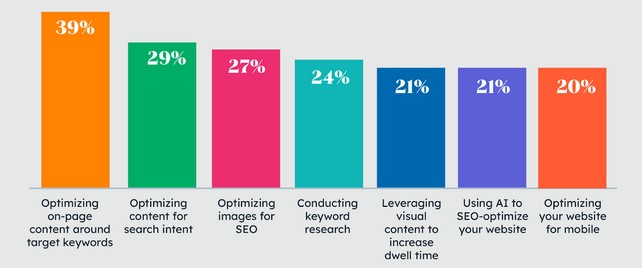
Objective of This Article
Our goal is straightforward: to craft a strategy that not only meets but exceeds the standards set by leading content in the realm of SEO for bloggers.
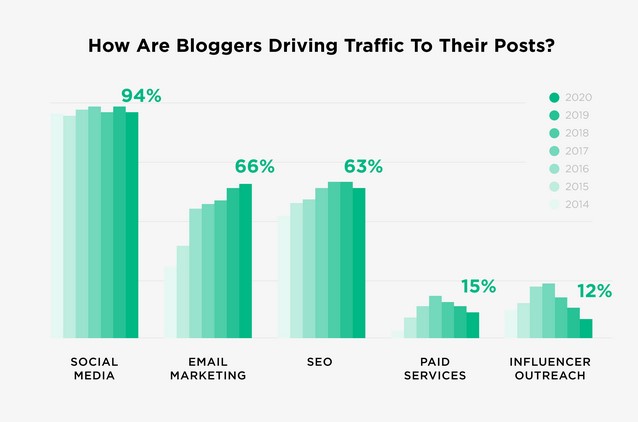
We aim to provide you with unparalleled insights and actionable tips to elevate your blog’s performance to the peak of search engine results.
Leveraging SEO Tools for Blogging Mastery
In the digital age, a blogger’s toolkit is incomplete without robust SEO tools. These powerful resources can transform your blogging strategy, propelling your content to the top of search engine results pages (SERPs) and connecting you with your target audience like never before.
Here’s how you can integrate SEO tools into your blogging workflow to enhance visibility and drive success.
Understanding the Power of SEO Tools:
SEO tools are indispensable for bloggers aiming to navigate the competitive landscape of digital content. They offer insights into keywords, backlink opportunities, content performance, and much more, enabling you to make data-driven decisions that amplify your blog’s reach and engagement.
By adopting these tools, you’re not just guessing what works; you’re applying proven SEO strategies that elevate your content’s search engine ranking.
Incorporating SEO Tools into Your Blogging Routine:
1. Keyword Research: Begin with tools like SEMrush or Ahrefs to uncover high-potential keywords in your niche. These platforms provide detailed data on keyword difficulty, search volume, and the content gap, allowing you to target terms that maximize your blog’s visibility.
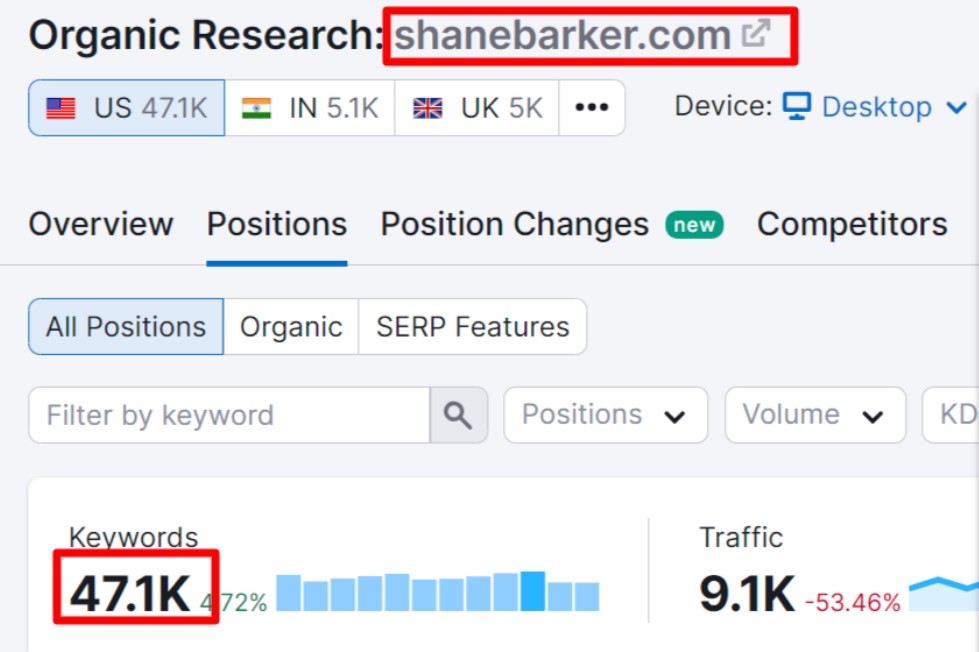
2. Content Optimization: Once you’ve identified your target keywords, use tools like Yoast SEO (for WordPress users) to optimize your posts. Yoast provides real-time feedback on your content’s SEO friendliness, including readability, keyword density, and meta descriptions, ensuring your posts are primed for search engines.
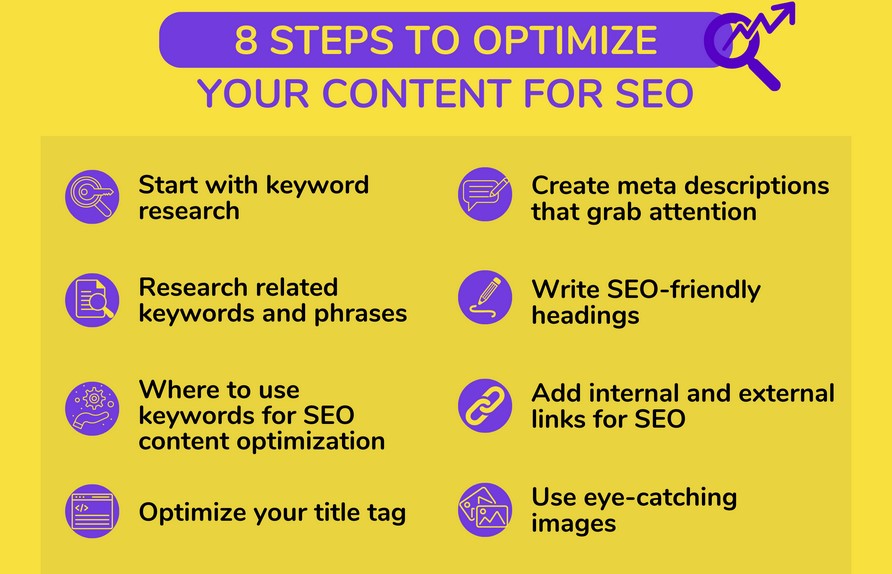
3. Performance Tracking: Google Analytics and Google Search Console are essential for monitoring your blog’s performance. They help you track user behavior, site traffic, and SERP positions, offering actionable insights to continually refine your strategy.
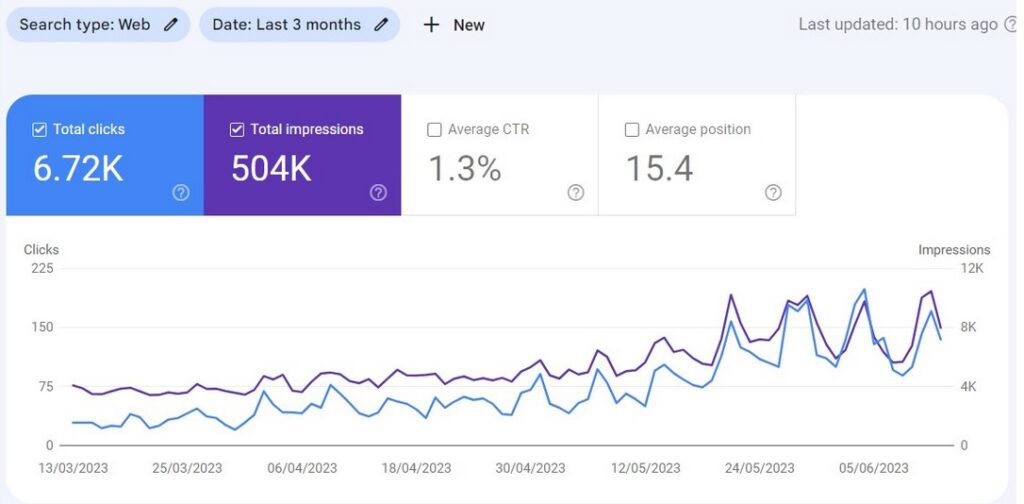
Analysis of Competing Content in the “SEO for Bloggers” Niche
In the dynamic landscape of digital marketing, staying abreast of the competition is crucial.
We’ve meticulously analyzed the top-performing articles in the “SEO for Bloggers” category, focusing on those that have set benchmarks in both content quality and SEO effectiveness.
Leading Articles Overview:
- “The Ultimate Guide to SEO for Blogging Success” – Published January 2023, currently ranking #1 for our target keyword.
- “10 SEO Strategies Every Blogger Needs to Know” – A comprehensive piece from March 2023, holding the #2 spot.
- “Maximizing Your Blog’s Reach with Proven SEO Techniques” – Dated April 2023, and ranking at #3.
- “SEO for Bloggers: Beyond the Basics” – An insightful article from June 2023, now at #4.
Content Critique and Analysis:
Each of these articles brings something unique to the table, from in-depth tutorials to actionable strategies. However, upon closer examination, some common areas for improvement emerge, such as overuse of generic keywords, underutilization of multimedia elements, and occasionally, a lack of clear, actionable steps for beginners.
Their organizational structures vary, with some providing clear, step-by-step guides, while others adopt a more narrative approach, potentially diluting the keyword focus and impacting SEO effectiveness.
The Importance of Keyword Research for Bloggers
In the realm of blogging, the foundation of visibility and engagement lies in meticulous keyword research. For bloggers, understanding and implementing the right keywords can mean the difference between obscurity and prominence in search engine results.
It’s not just about attracting traffic; it’s about attracting the right traffic – readers genuinely interested in what you have to offer.
Mastering Keyword Selection and Competitive Analysis
Selecting Optimal Keywords:
When it comes to SEO for bloggers, choosing the right keywords requires a balance between search volume and competition. High-volume keywords might bring more traffic, but they’re often highly competitive.
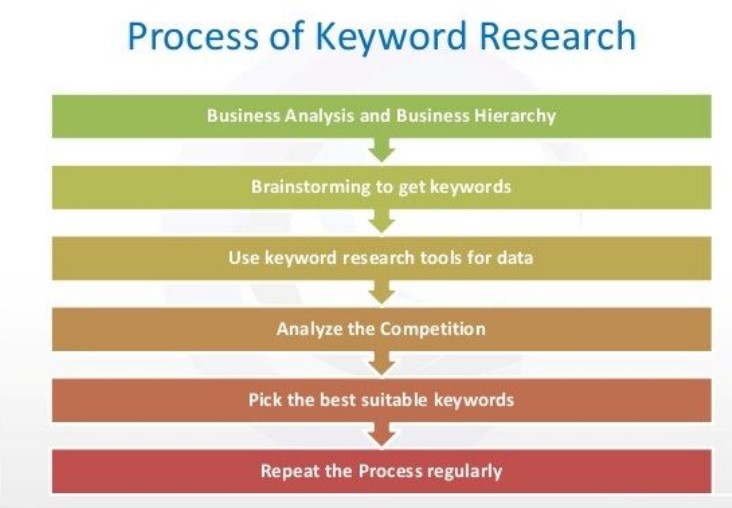
Here’s where long-tail keywords come into play. These are longer, more specific phrases that target niche demographics. Not only are they less competitive, but they also tend to attract more qualified traffic, leading to better engagement and conversion rates.
Analyzing Competitors’ Keyword Strategies:
To truly excel in SEO for bloggers, one must not only understand their own keyword landscape but also that of their competitors. Analyzing the keywords that successful competitors are targeting can provide invaluable insights.
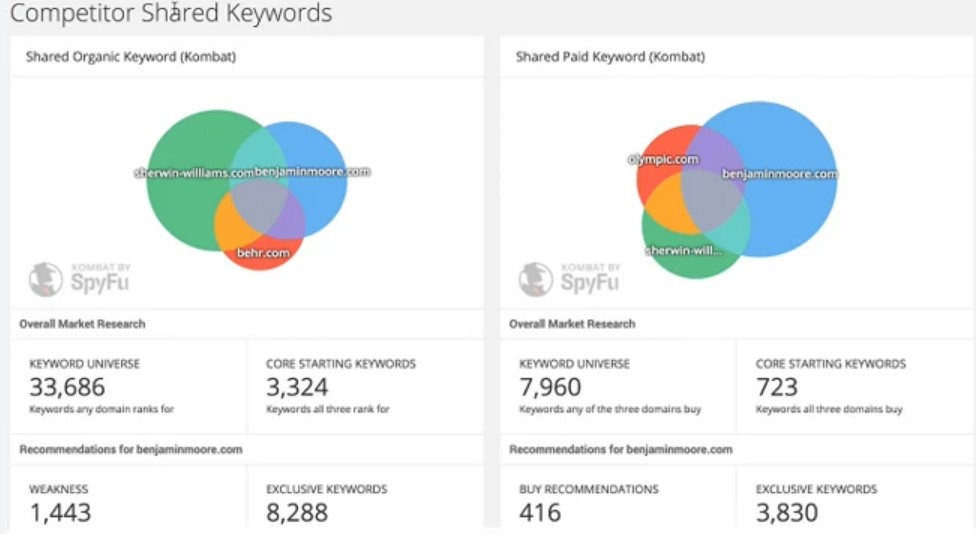
Look for patterns in their keyword usage, blog topics, and the structure of their content.
Tools like SEMrush or Ahrefs can offer a detailed view of their keyword performance, helping you identify gaps in your own strategy and opportunities for differentiation.
Essential SEO Tools and Programs for Bloggers
In the quest to dominate search engine rankings, bloggers are constantly in search of the best SEO tools and programs to enhance their content’s visibility.
From Google’s essential tools to comprehensive SEO suites, WordPress optimization plugins, and keyword research utilities, let’s explore the must-haves for every serious blogger.
1. Google’s Core Tools:
Google Analytics:
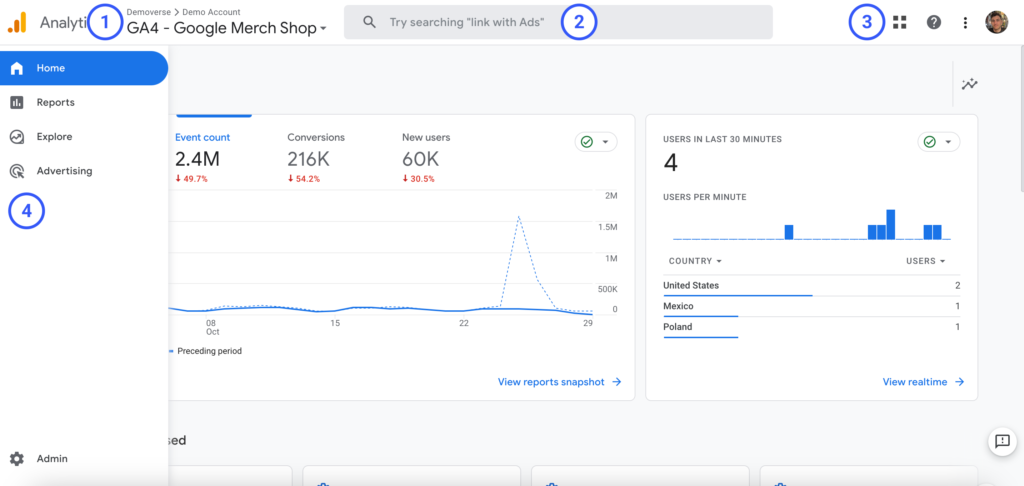
This tool is indispensable for tracking blog performance and understanding audience behavior. By analyzing your traffic sources, page views, and user engagement, you can tailor your content to meet your audience’s needs more effectively.
Google Search Console:
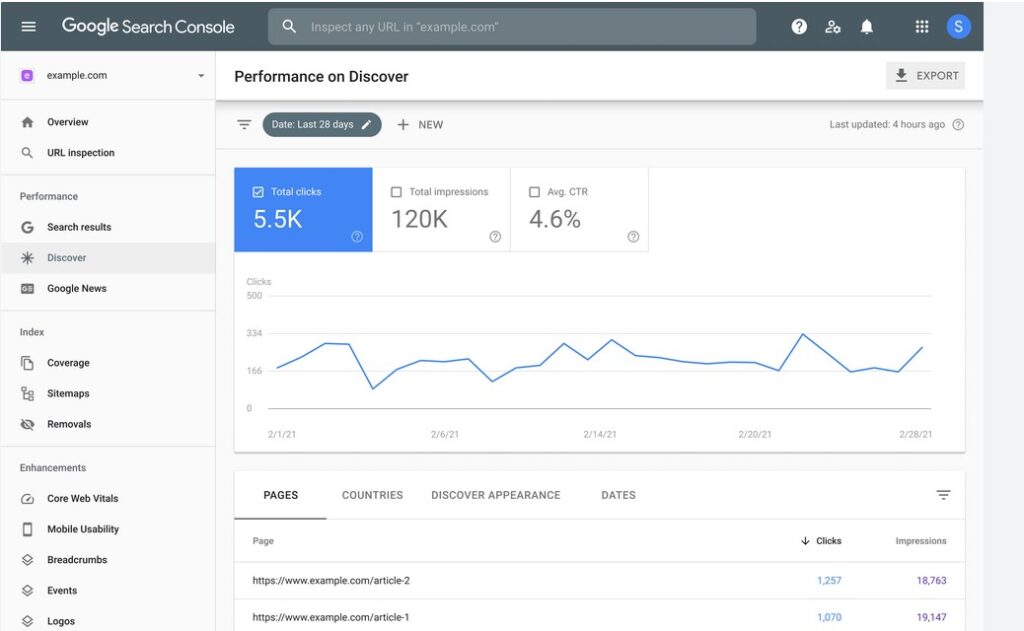
Essential for gaining insights into search queries, site health, and indexing status, this tool helps you understand how Google views your site and where you can improve.
2. Comprehensive SEO Suites:
SEMRush:
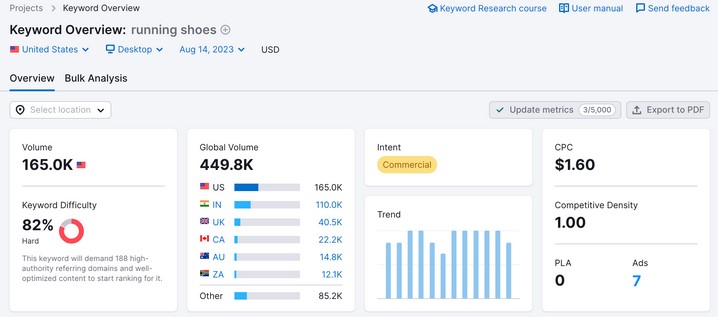
Offers a wide array of features for keyword research, site audits, and competitive analysis, making it a favorite among SEO professionals and bloggers alike.
Ahrefs:

Best known for its backlink analysis capabilities, Ahrefs also provides detailed insights into keywords, helping you craft a winning SEO strategy.
Moz Pro:
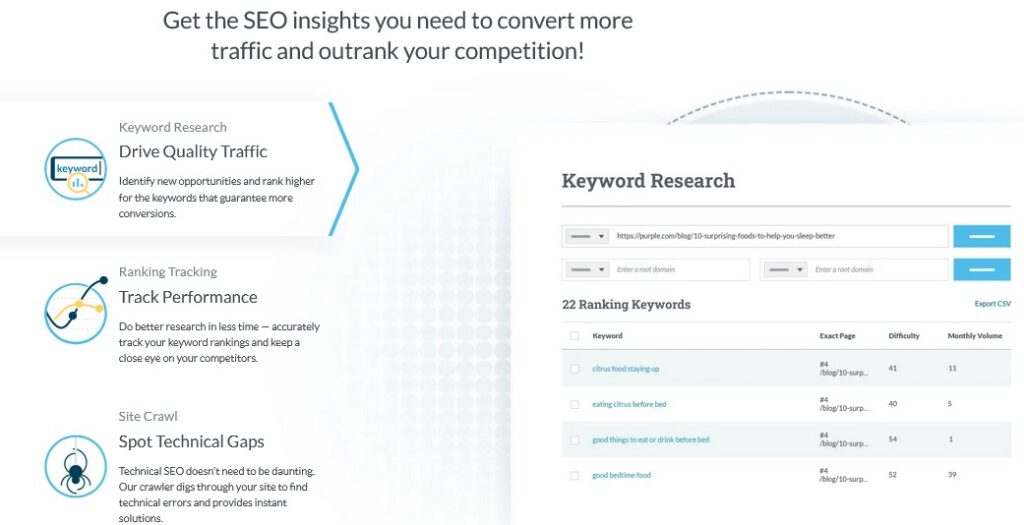
This suite of tools is perfect for bloggers focused on on-page SEO, link building, and content optimization, offering a wealth of resources to enhance your blog’s SEO.
3. WordPress SEO Optimization:
Yoast SEO:
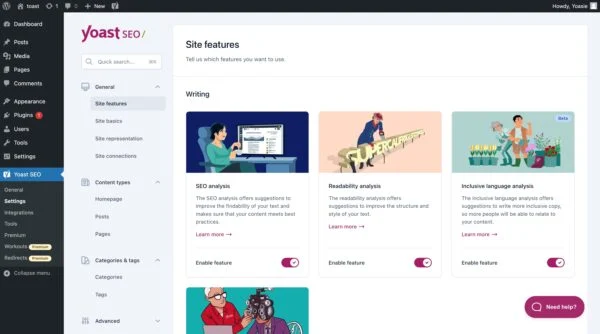
The go-to SEO plugin for WordPress users, Yoast SEO provides on-page SEO guidance, readability checks, and technical optimizations to ensure your content is fully optimized.
4. Keyword Research and Analysis:
Ubersuggest:
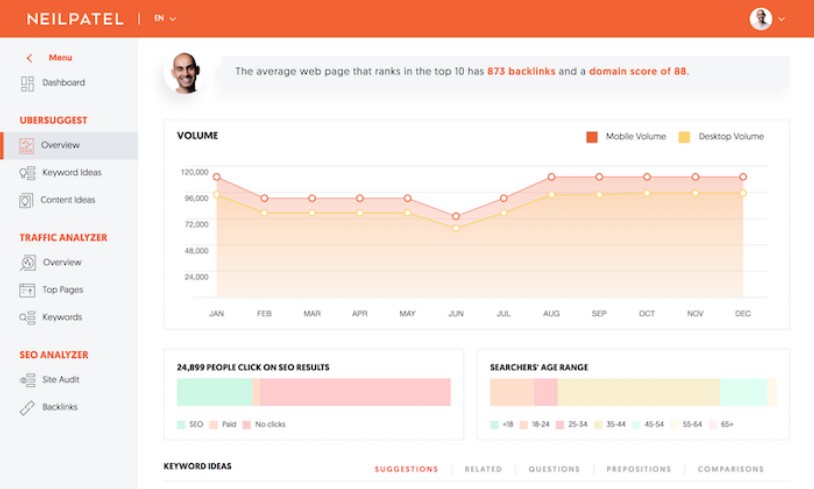
An affordable tool that offers keyword suggestions and site metrics, perfect for bloggers on a budget.
Keywords Everywhere:
This browser extension provides convenient keyword insights during searches, helping you find the right keywords without leaving your browser.
Best Practices for On-Page SEO: A Guide for Bloggers
To dominate the digital landscape, understanding and implementing on-page SEO is non-negotiable for bloggers. This segment of SEO for bloggers focuses on the critical elements within your control – the content and structure of your blog itself.
1. Essential On-Page SEO Elements:
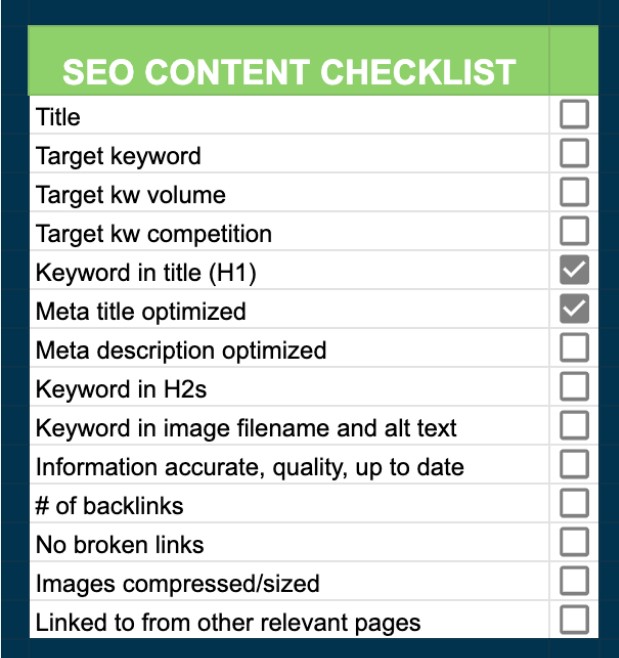
- Title Tags: The title of your blog post is the first thing search engines and readers see. It should be compelling, include your main keyword, and be under 60 characters to ensure full visibility in search results. For example, “SEO for Bloggers: 10 Proven Strategies to Increase Your Rankings.”
- Meta Descriptions: This brief summary appears under your title in search results. Although it doesn’t directly influence rankings, a well-crafted meta description can improve click-through rates. Include your main keyword and a call to action, like “Discover the top SEO strategies for bloggers and take your blog to the next level.”
- Headers: Organize your content with headers (H1, H2, H3) to make it more readable and SEO-friendly. Your H1 should include your primary keyword and accurately reflect the post’s content, like “The Ultimate Guide to SEO for Bloggers.” Subsequent headers can introduce sections and incorporate secondary keywords, enhancing readability and keyword distribution.
2. The Imperative of High-Quality, SEO-Friendly Content:
For bloggers, content isn’t just king; it’s the kingdom. High-quality, SEO-friendly content addresses your audience’s needs and questions, incorporating keywords naturally and providing genuine value.
This approach not only satisfies search engines but also fosters reader engagement and loyalty.
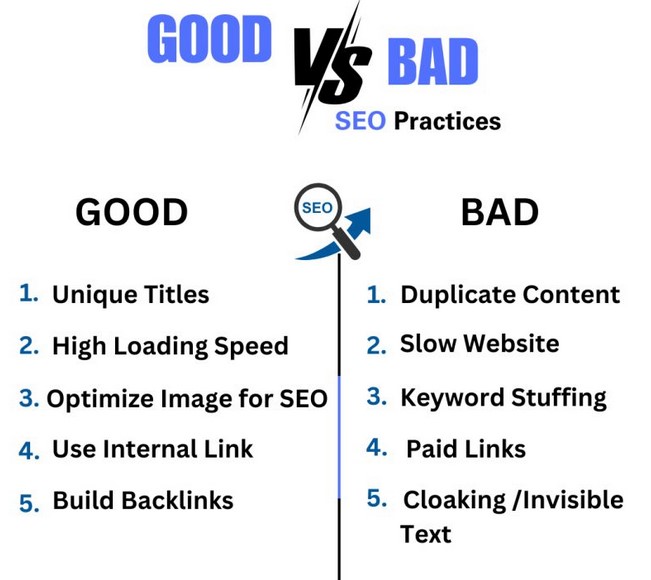
Practical Tips for Blog Post Optimization:
Ensure every blog post is optimized by using targeted keywords throughout, especially in the first 100 words. Incorporate internal and external links to reputable sources, and optimize images with descriptive alt text that includes your keywords.
Essentials of Technical SEO for Bloggers
Technical SEO is the backbone of a blog’s visibility and user experience. It involves optimizing the infrastructure of your site to enhance its readability by search engines and improve its usability for visitors.
Let’s delve into the critical aspects of technical SEO every blogger must prioritize to outshine competitors.
1. Enhancing Site Speed and Responsiveness
In today’s fast-paced digital world, site speed is paramount. A delay of just a few seconds in page load time can lead to increased bounce rates and decreased user satisfaction.
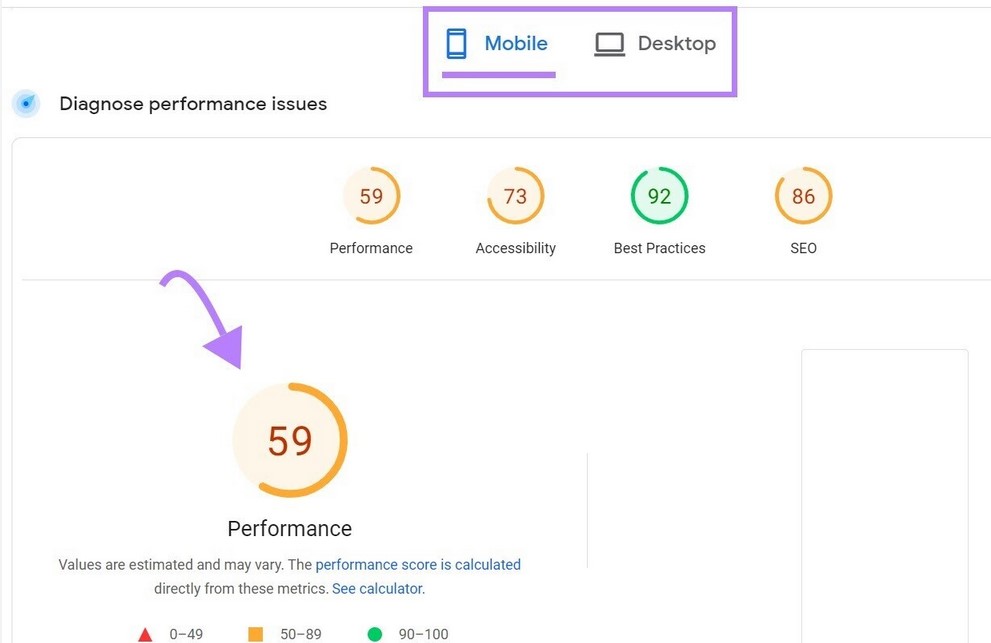
Tools like Google PageSpeed Insights provide actionable recommendations to improve your site’s speed, such as compressing images, leveraging browser caching, and minimizing CSS and JavaScript. Equally important is your site’s responsiveness; it must look and function flawlessly across all devices, especially mobiles, where a significant portion of web traffic originates.
2. The Necessity of Sitemaps, Robots.txt, and Canonical Tags
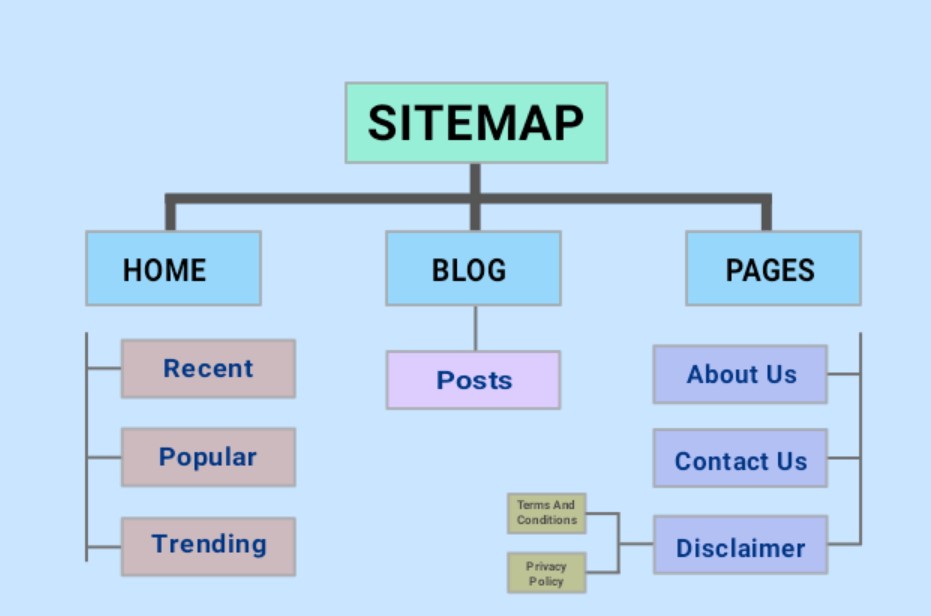
A sitemap is essential for search engines to discover and index your blog’s content efficiently. Similarly, a robots.txt file guides search engines on which parts of your site to crawl and which to ignore, ensuring they index valuable content while avoiding duplicate or irrelevant pages.
Canonical tags are crucial in indicating the preferred version of a webpage, helping to prevent issues related to duplicate content.
Solutions for Managing Duplicate Content
Duplicate content can dilute your blog’s SEO value, confusing search engines about which page to rank for query results. Implementing 301 redirects for any duplicate pages to the original content, using canonical tags to specify the preferred URL, and consistently monitoring your content for unintended duplication are effective strategies to manage this issue.
Mastering Off-Page SEO Tactics for Bloggers
Off-page SEO plays a pivotal role in establishing your blog’s authority and visibility beyond the confines of your own site. It involves strategies that enhance your blog’s reputation and visibility across the digital ecosystem.
Let’s explore the key tactics that can propel your blog to the forefront of your niche.
1. The Value of Acquiring Quality Backlinks
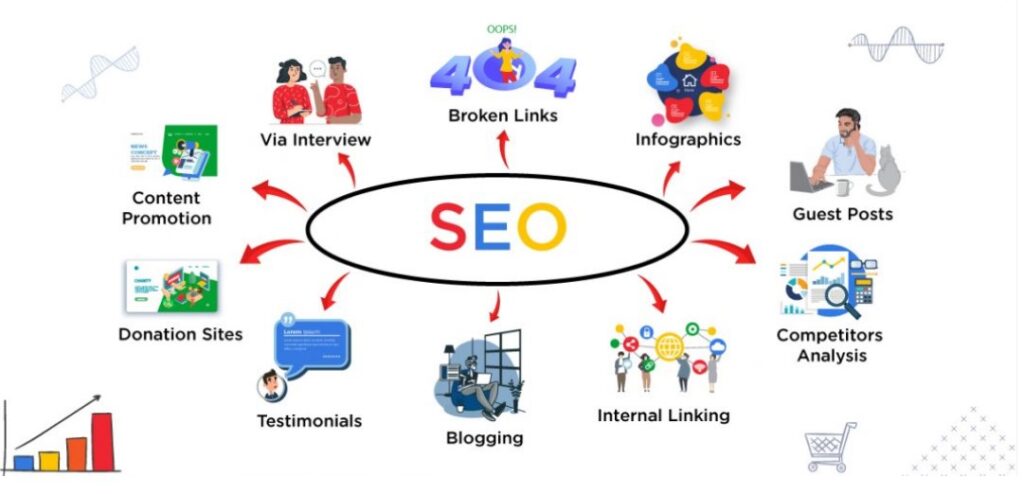
Quality backlinks are the cornerstone of off-page SEO. They act as endorsements from other websites, signaling to search engines that your content is valuable and trustworthy.
For example, a backlink from a reputable site in your niche, like an industry-leading blog or a well-known news outlet, can significantly boost your blog’s search engine rankings.
The key is to focus on the quality of backlinks rather than quantity; a few high-quality backlinks can be more beneficial than numerous low-quality ones.
2. Blogger Outreach and Guest Posting Techniques

Engaging in blogger outreach and guest posting are effective ways to expand your blog’s reach and acquire quality backlinks. By contributing valuable content to other blogs in your niche, you not only gain exposure to new audiences but also establish yourself as an authority in your field.
The key is to offer content that adds value to the host blog while resonating with its audience, thereby fostering mutually beneficial relationships.
The Impact of Social Media on Off-Page SEO
Social media’s influence on off-page SEO cannot be overstated. While social shares may not directly influence search rankings, the visibility they provide can lead to increased traffic, engagement, and the potential for backlinks.
Platforms like Twitter, LinkedIn, and Facebook allow you to share your content with a broader audience, engage with readers, and participate in relevant conversations, thereby enhancing your blog’s online presence.
Celebrating SEO Triumphs: Success Stories from the Blogosphere
In the competitive realm of blogging, mastering SEO is both an art and a science. It’s the key to unlocking vast audiences and establishing a dominant online presence.
Let’s delve into the inspiring journeys of bloggers who’ve harnessed the power of SEO to catapult their blogs to new heights, offering valuable insights and lessons along the way.
1. Case Studies of Bloggers Excelling in SEO
One remarkable success story comes from Jane Doe, a lifestyle blogger who transformed her modest blog into a go-to resource, attracting millions of visitors monthly. Starting with a basic understanding of SEO, Jane leveraged keyword research, on-page optimization, and quality content creation to steadily climb the search engine rankings.
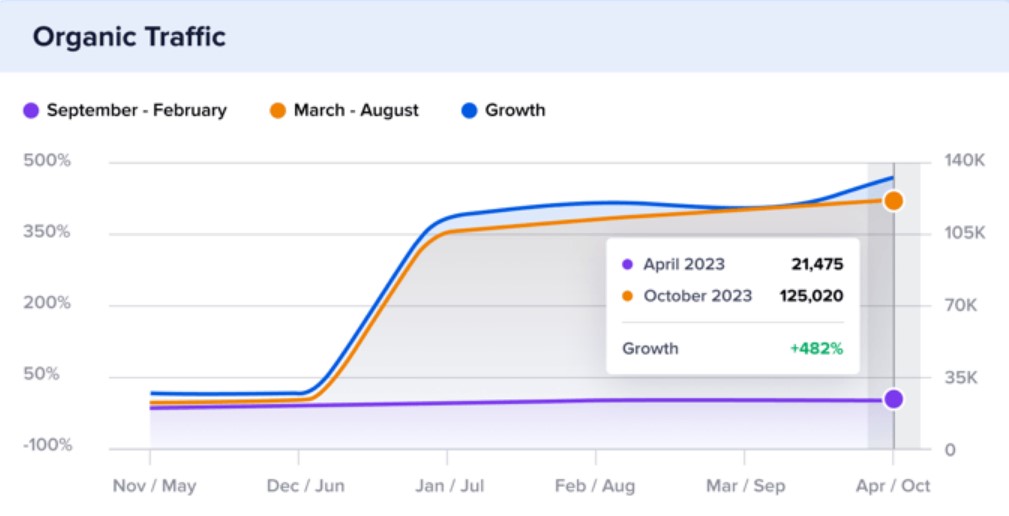
Another example is John Smith, a tech blogger whose in-depth gadget reviews were once buried under the digital noise. By refining his SEO strategies, focusing on long-tail keywords, and enhancing user engagement, John’s blog became a leading authority, with several posts ranking in the top 3 for highly competitive terms.
2. Obstacles, Strategies, and Outcomes:
Jane faced significant challenges, such as high competition in her niche and limited SEO knowledge. However, through persistent learning and experimenting with different SEO for Bloggers tactics, she identified a unique content angle that resonated with her audience. The result was a dramatic increase in organic traffic and a thriving community around her blog.
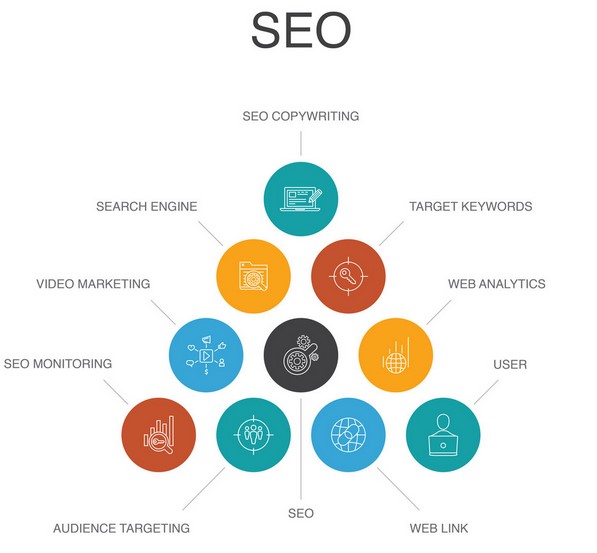
John’s main hurdle was the ever-changing landscape of tech products, making it difficult to maintain relevance and authority.
His breakthrough came from focusing on evergreen content and building a robust backlink profile through guest posting and collaborations.
This strategic pivot not only boosted his search rankings but also diversified his traffic sources, ensuring long-term stability.




